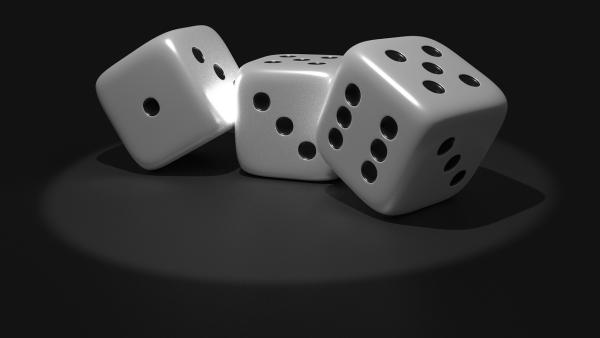“When you use a word to describe the likelihood of a probabilistic outcome, you have a lot of wiggle room to make yourself look good after the fact. If a predicted event happens, one might declare: “I told you it would probably happen.” If it doesn’t happen, the fallback might be: “I only said it would probably happen.” – Harvard Business Review
It is well-known from psychological studies that how we interpret the words like usually, often, rarely, even  never, and always varies. The authors of this study asked 1700 members of the general public to quantify these words. Here is the data.
never, and always varies. The authors of this study asked 1700 members of the general public to quantify these words. Here is the data.
If you are like most of us, your quantification fell within the range of those study participants. But the critical point is how wide that range might be. My “high probability” maybe that first peak, yours, the second. So while we may seem to be saying the same thing, we are not.
Women differ from men in two interesting ways. They tend to use more ambiguous terms even when they are more confident. For some phrases, like possibly or real possibility, they tend to assign those words higher numbers, that it is more likely to occur than men do.
The authors suggest we use probabilities rather than words to reduce the ambiguity of meaning. Unfortunately, that is usually not possible in science reporting because of the inherent uncertainty of our measurements. That helps to explain why confidence intervals and p-values are used. Unfortunately, as we have learned, p-values appear concrete, but their underpinning is equally uncertain, making them no better than words. And confidence intervals, when written as numbers, often fail to show, as a graph might, the wide range of our “confidence.”
[1] The probability is the fraction of times you anticipate seeing an event. For a six-sided die, seeing the number two has a probability of occurring 16.666% of the time. The odds are the probability of the event divided by the probability that the event will not happen; in this instance, 20%
Source: Harvard Business Review, “If You Say Something Is “Likely,” How Likely Do People Think It Is?”
https://hbr.org/2018/07/if-you-say-something-is-likely-how-likely-do-people-think-it-is




